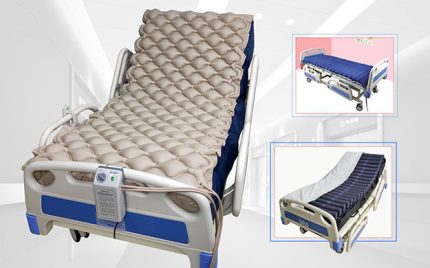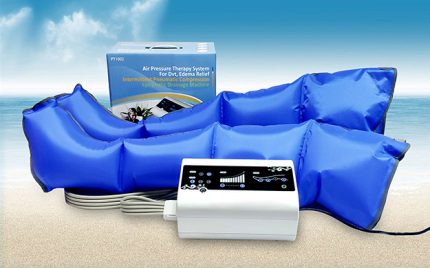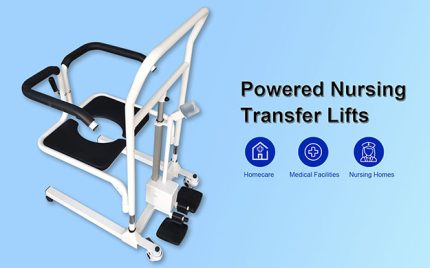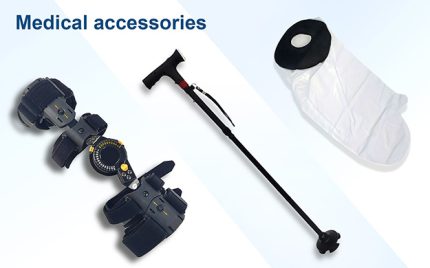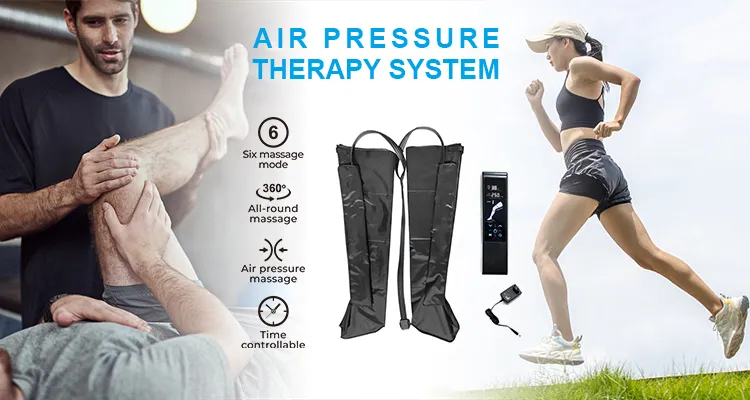Introduction to Compression Boots
Compression boots (also referred to as pneumatic compression devices) are medical devices designed to improve leg circulation through intermittent pneumatic pressure. Common applications of compression boots include rehabilitation centers, sports facilities and medical clinics.
Role of compression Boots
Compression boots can play a vital role in promoting blood circulation and drainage of lymph in the legs. These devices, which apply intermittent pneumatic pressure to the body, facilitate fluid flow through the lymphatic system and blood vessels. They also promote efficient nutrient supply and waste removal.
The boots provide gentle compression that helps prevent blood and fluids from pooling at the extremities. This will reduce the likelihood of edema or swelling. This is particularly useful for those who spend a lot of time standing up or sitting down, such as office employees, travelers or those with limited movement.
Compression boot is also used as part post-operative treatment and rehabilitation to speed up the recovery process after an injury or surgery. By stimulating circulation, reducing inflammation and improving recovery, they can help reduce pain, promote healing and enhance overall outcomes.
Assessing Potential Risks and Side Effects:
Compression boots generally pose minimal risk; however, you should still be mindful of any possible adverse reactions and risks when making this addition to your routine. These could include the following.
Muscle Fatigue: Overuse of compression boots may result in muscle fatigue, particularly if their pressure settings are set too high or if worn for extended periods.
Skin Sensitivity: People with sensitive skin may experience irritation or discomfort from compression boots’ pressure exerted upon it, so it’s essential that any signs of discomfort are monitored and adjusted as soon as they appear so as not to further aggravate skin inflammation or discomfort.
Restrictive Blood Flow: Improper fitting or usage of compression boots may restrict blood flow, potentially leading to complications like deep vein thrombosis (DVT). Therefore, it’s vitally important that proper fitting guidelines are strictly adhered to and medical advice sought if any unusual symptoms appear.
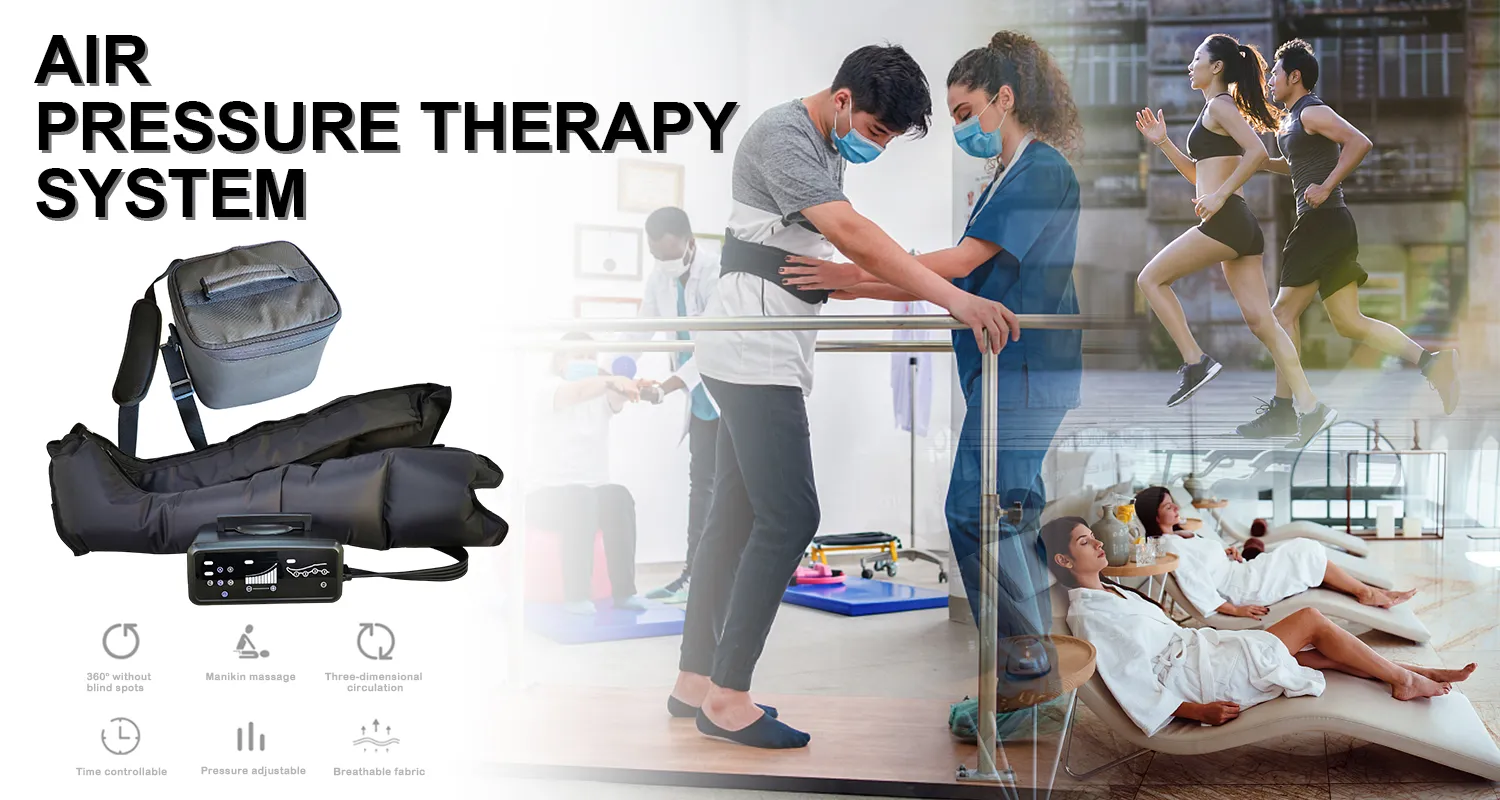
Target Audience and Situations:
Compression boots can provide immense benefit for many types of individuals, such as athletes, those in rehabilitation and those suffering from conditions such as edema or venous insufficiency. However, certain populations should exercise caution or consider alternatives before opting for compression boots; examples could include:
Pregnant Women: Before using compression boots during their pregnancy, pregnant women should consult with their healthcare provider as these may have specific contraindications or require adjustments in pressure settings.
Individuals With Circulatory Disorders: People who suffer from circulatory issues like peripheral Artery Disease (PAD) or diabetes should use compression boots under the guidance of healthcare professionals in order to minimize complications and stay healthy.
People With Recent Injuries: Individuals suffering from recent fractures or soft tissue injuries should refrain from wearing compression boots until cleared by their healthcare provider, to avoid exacerbating the injury further.
Proper Usage Guidelines and Precautions:
To reduce risks of adverse effects and ensure safe and effective usage of compression boots, it’s crucial to follow proper usage guidelines and precautions:
Consultation With Healthcare Provider: Before purchasing compression boots, individuals should consult their healthcare provider, particularly if they have preexisting medical conditions or any concerns regarding suitability for use.
Proper Fit: Compression boots should be fitted correctly for maximum effectiveness and comfort, according to manufacturer recommendations for sizing and fitting them to one’s legs’ dimensions.
Monitor Skin Health: Regularly assess your skin for signs of irritation, redness, or discomfort and discontinue use if any occur – then consult with a healthcare provider immediately!
Limit Usage Time: For optimal performance, do not wear compression boots for extended periods, particularly at high pressure settings. Please follow the manufacturer or healthcare professional’s recommended usage duration.
Adherence to these guidelines and awareness of potential risks ensure that individuals can safely add compression boots into their routine for circulation support and overall leg health improvement.

